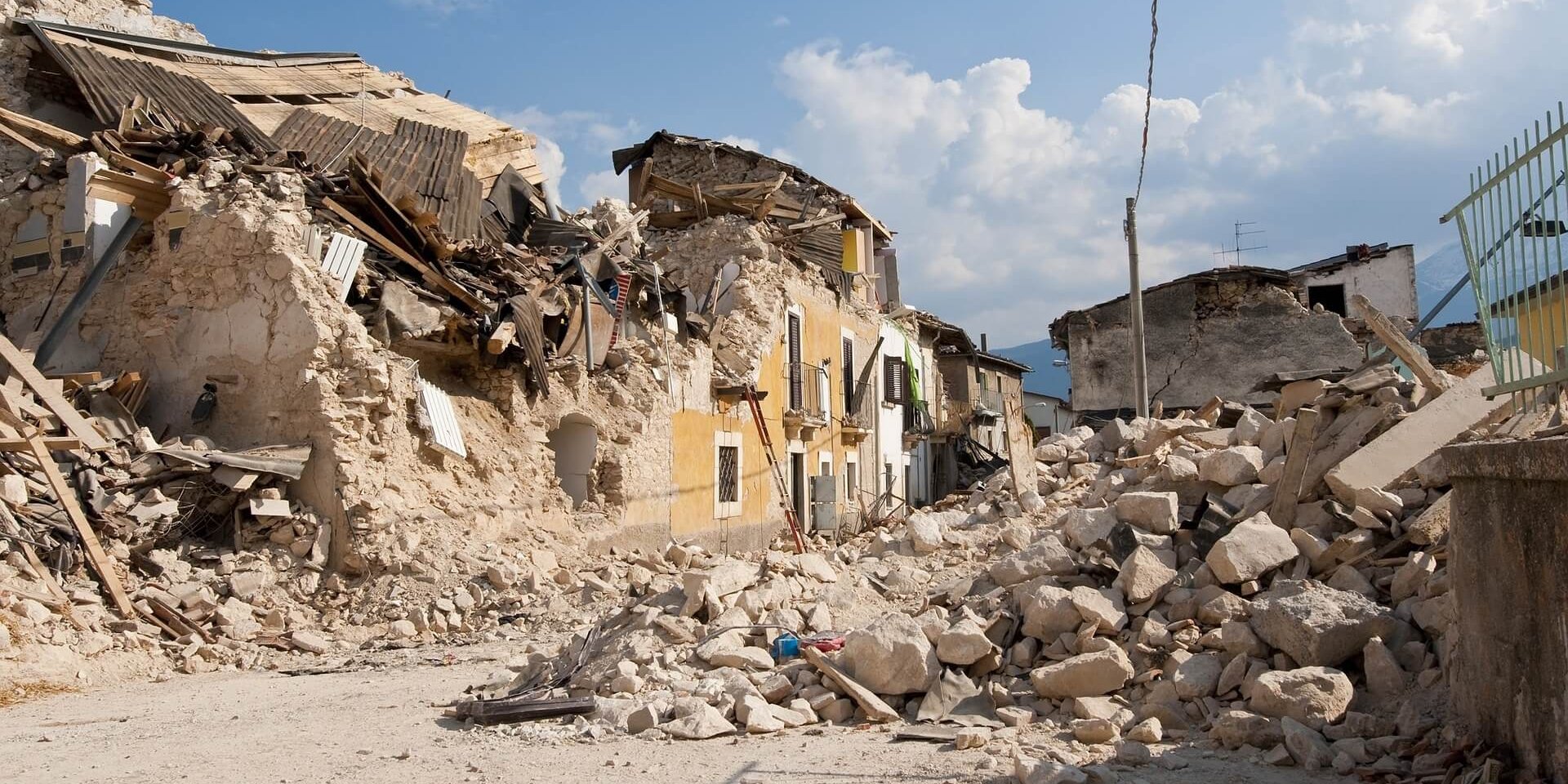
This article was originally published in Nikkei Asia Magazine.
Of all the reasons to ignore building codes for seismic risk in an earthquake hot spot, cutting costs is as self-defeating as it is tragic.
And yet governments, financial institutions and businesses are severely underinvesting in measures to limit the impact of natural hazards while paying costs after the fact that are orders of magnitude higher.
The rapid mobilization of funds in the wake of the recent earthquake in Turkey and Syria shows that money is available, or at least can be found under pressure, to deal with disasters. But far greater levels of financing for reducing disaster risk in advance must be built into public- and private-sector budgets before the increasing toll of response and recovery becomes unaffordable and post-disaster reconstruction stalls.
Estimated direct economic losses from disasters increased from an average of around $70 billion a year in the 1990s to $170 billion in the 2010s, according to the U.N. Office for Disaster Risk Reduction. Total losses and damage from last year’s unprecedented floods in Pakistan alone reached an estimated $30 billion, with recovery and reconstruction needs totaling $16.3 billion.
At the same time, the science of predicting and preempting disasters to better direct reinforcements has improved exponentially. The impacts of shocks like earthquakes, floods and tropical cyclones reach all corners of affected communities.
This means building resilience based on the best available data should be part of everyone’s due diligence.
For starters, making widespread use of huge advances in risk modeling technologies and engaging the new generation of risk scientists around the world are essential steps. Improved risk data should be widely disseminated in formats relevant and meaningful to different organizations, including governments, the private sector, communities and vulnerable households.
Governments around the world must then find ways to better incorporate this risk science into policy and investment decision-making and embed disaster risk reduction funding into national and subnational budgets.
Such investment should be made a national priority, rather than fragmented across various relevant departments and ministries as is currently often the case.
Armed with functioning and open-source national science advice and risk information systems, businesses and financial institutions should also more fully address disaster resilience as a core design consideration in their investments, which will help to protect their revenue.
Evidence produced by the World Bank suggests that the net benefit of investing in resilient infrastructure in the power, transport, water and sanitation sectors in low- and middle-income countries would be $4.2 trillion over the lifetime of the new infrastructure. In other words, in this context, each dollar invested in minimizing the impact of disasters would represent an average return of $4.
Public and private investment in improved preparedness and early warning systems are key too. A new review of global disaster risk management by the International Science Council found that a majority of countries do not have accessible, understandable disaster risk monitoring that is fit for purpose.
At the same time, research by the Global Commission on Adaptation indicates that an investment of $800 million in early-warning systems could avoid $3 billion to $16 billion a year in losses for low-income countries alone.
Lastly, development finance institutions must direct more funding toward disaster risk reduction.
Of the $140.9 billion provided as official development assistance to developing countries for disaster-related purposes from 2011 to 2022, just 5% was provided for preparing for and mitigating disasters, according to data published by the Organization for Economic Cooperation and Development’s Development Assistance Committee. The rest was allocated for post-disaster relief and reconstruction.
The role of development banks is especially important given that the U.N.’s Sendai Framework for Disaster Risk Reduction does not have a dedicated funding mechanism.
The Asian Development Bank, though, purposefully earmarks financing for risk reduction as distinct from disaster recovery. The ADB’s investments in retrofitting more than 150 schools in Nepal meant they were able to withstand the country’s devastating 2015 earthquake, sparing lives and infrastructure.
The ADB also builds risk reduction measures into its post-disaster response, such as the support for enhanced flood risk management infrastructure included in last year’s flood assistance package for Pakistan.
Despite such examples, at the halfway point in the 15-year timeline of the Sendai Framework, existing approaches to generating investment in greater resilience have not delivered nearly enough and the result has cost us all.
Going forward, we need to place far greater emphasis on disaster risk reduction as a core aspect of sustainable development locally, nationally and internationally. India’s use of its presidency of the Group of 20 to establish a working group on disaster risk reduction is a laudable effort in this regard.
By rethinking the way governments, financial institutions, businesses and communities invest in disaster risk modeling and resilience to reduce existing and future risk, the world can save more lives, which is the real bottom line.
Charlotte Benson is head of the Asian Development Bank’s disaster risk management unit and co-authored the International Science Council’s midterm review of the U.N.’s Sendai Framework for Disaster Risk Reduction.
Photo by Angelo Giordano – Pixabay